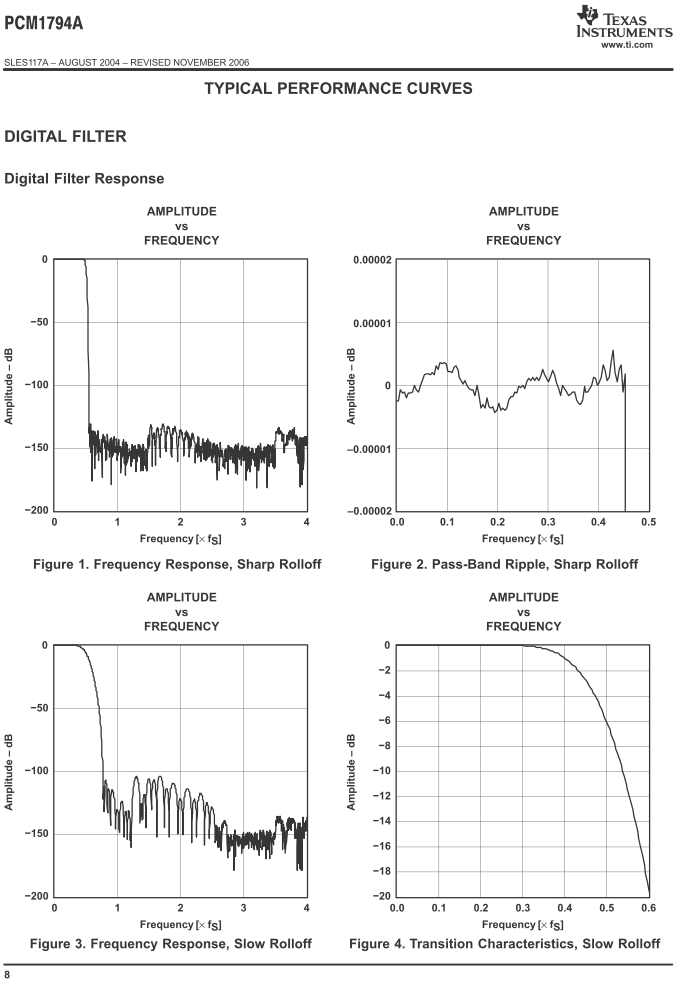user317 wrote:… I couldn't find any diagram @48 kHz. Is it because it would look the same…
Yes, it looks the same for any given sample rate, just shifted up in frequency proportionally to the sample rate relation, ca. 9% for 48 kHz.
ADI-2 Pro’s manual page 86 and ADI-2/4 Pro‘s SE manual page 90 shows the effect for AD-conversion.
There is one exception for the ADI-2 Pro, intended for the possible usecase as measurement frontend:
At 384 kHz RME activates an internal compensation EQ in the DA path that linearizes the fixed Slow Filter’s frequency response up to ca. 120 kHz, see manuals page 81.
ADI-2/4 Pro SE doesn’t need this compensation, as opposed to ADI-2 Pro filter selection is possible at sample rates up to 768 kHz sample rate (manual pages 85, 86).
